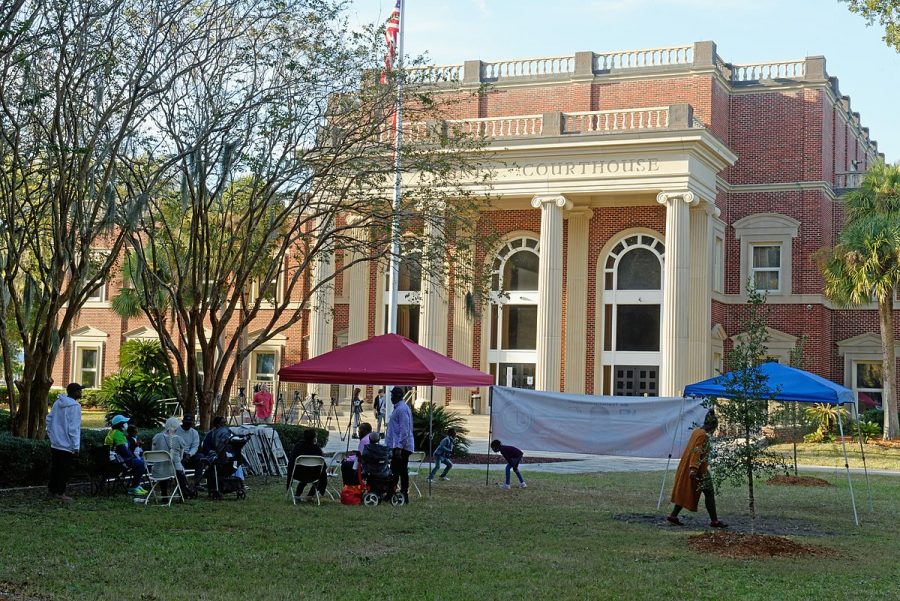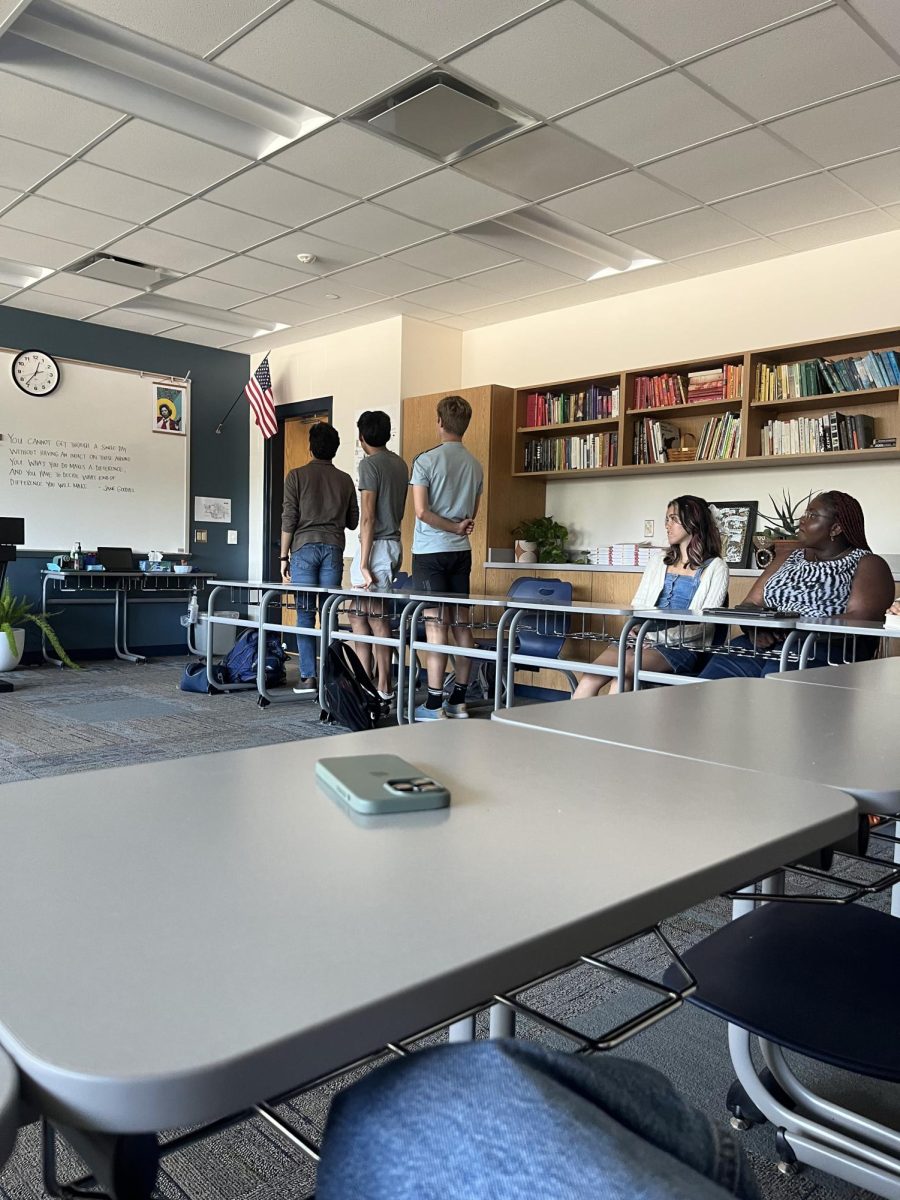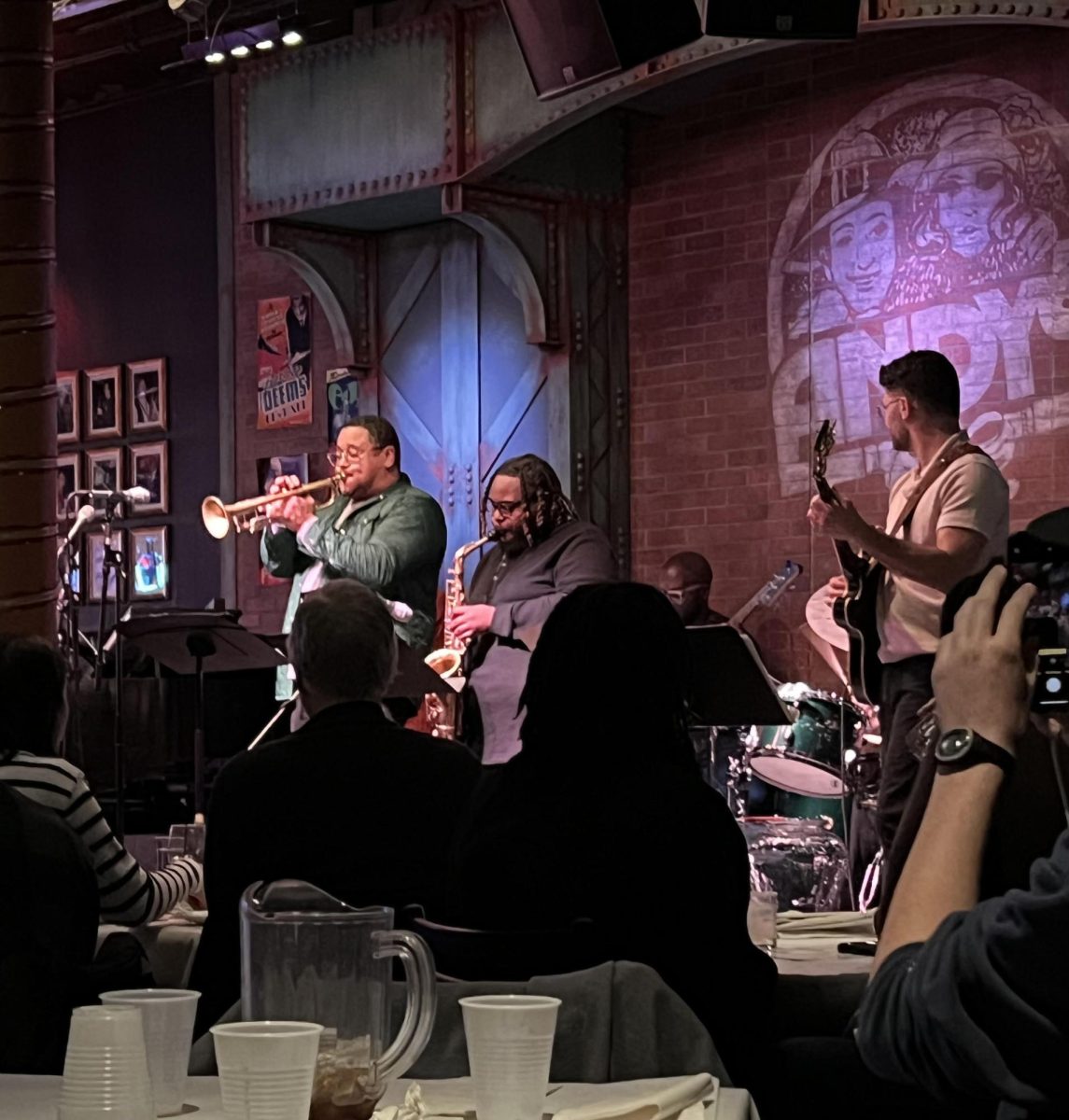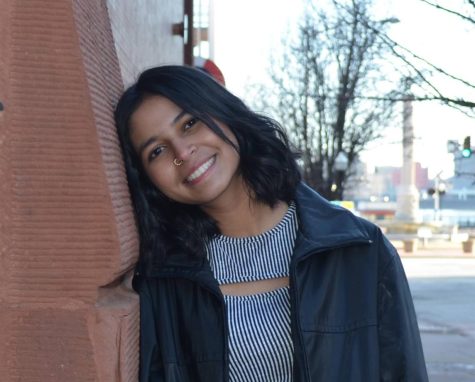Twenty-one months have passed since 25-year-old Black man Ahmaud Arbery was fatally shot by three white men while being chased through a Georgia neighborhood.
A panel of jurors for Arbery’s case was finally selected on Wednesday, Nov. 3, more than two weeks after the jury search began. In stark contrast, it only took one day to seat a jury for the trial of Kyle Rittenhouse. But what was even more shocking than the extraordinarily long selection process was the finalized jury: 11 white people and only one Black member.
Arbery’s case took the United States by storm last year after a video resurfaced of the three defendants chasing and shooting down Arbery as he jogged through a suburban neighborhood. However, his case did not gain traction until there was national outcry, and an arrest was only made after more than 10 weeks.
The trial quickly left Americans anticipating justice for Arbery: “I Run With Maud” trended on social media, ESPN’s “The Undefeated” produced a documentary commemorating Arbery’s life and Arbery’s case became a central part of the Black Lives Matter movement.
After such a long-awaited trial, the recent results of the jury have left many to frustratedly contemplate, “In a case that is so deeply rooted in race, how was this allowed to happen?”
Junior Leila Assadi has followed the case for months. “It is unfortunately not surprising that this is what the jury looks like, and I think it is reflective towards systematic racism in the US. Black Americans do not get justice for the crimes committed against them,” she said. “Ahmaud Arbery, Breonna Taylor, Elijah McClain, and so many others have been wronged by the system, and this is just another instance of that.”
The jury was made up of residents from Glynn County, an area where more than a quarter of the population is Black – a demographic that was purposefully excluded from the courtroom.
The Constitution’s Sixth Amendment does not require a jury to proportionally represent the diversity of the area wherein the trial is taking place, which can have terrible consequences. A 2012 study found that the fairness of trials is in jeopardy when a jury only has a small proportion of Black people in the jury pool. After all, how can a racially homogeneous jury accurately assess a case that has everything to do with race?
But even when a Black person does get called for jury service, they must navigate new obstacles ahead. The term “peremptory challenges” is allowed in every US state besides Arizona, giving attorneys the right to strike potential jurors for a reason unrelated to the candidate’s race or gender.
In the trial of the three men accused of killing Arbery, there had been eight Black jurors that were struck by the defense attorneys, who used peremptory challenges to reject those candidates.
However, Suja Thomas, law professor at the University of Illinois at Urbana-Champaign knows that it can be rather easy for a defendant to concoct a peremptory challenge to validate their true intentions: to exclude Black people from the jury. “The standard is so easy to articulate some kind of race-neutral reason that it’s very difficult for the judge,” Thomas told NPR.
The defense attorneys used 11 of their 24 strikes on Black jury candidates. Judge Timothy Walmsley even admitted to “intentional discrimination in the panel,” but noted that the trial would continue regardless because the court lacked the authority to reseat a jury panel.
Arbery’s nearly all-white jury is reminiscent of a decades-long pattern in the justice system: the purposeful exclusion of Black people from juries. This reality has hit once again in light of this trial’s jury, chosen under an amendment meant to protect the integrity of the selection process that instead failed Arbery and countless others.
In place of long awaited justice for Arbery, the ugly truth of America’s courtroom has revealed itself yet again.
















